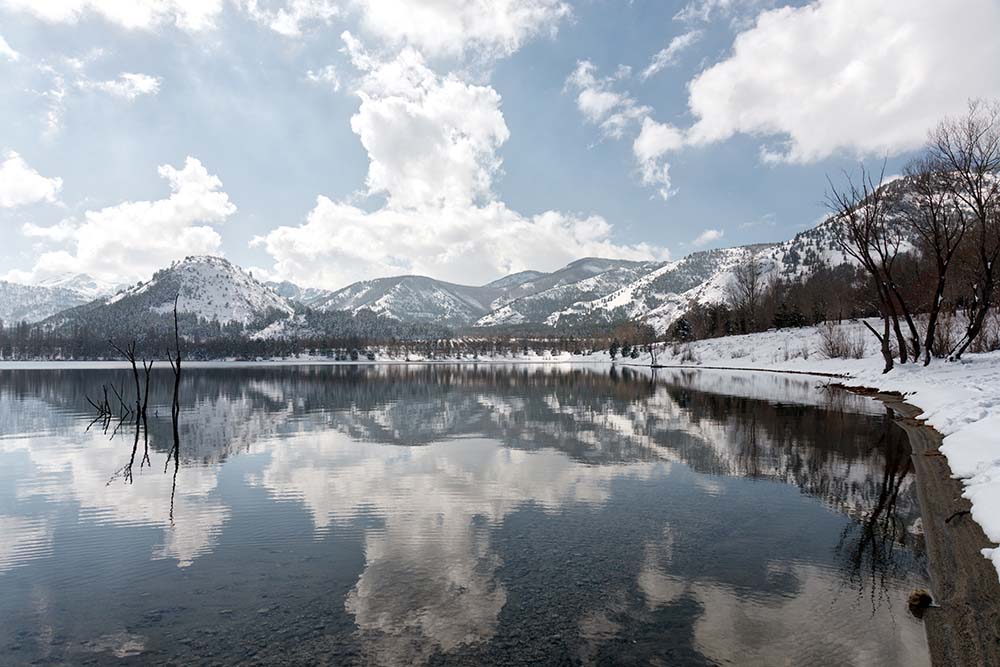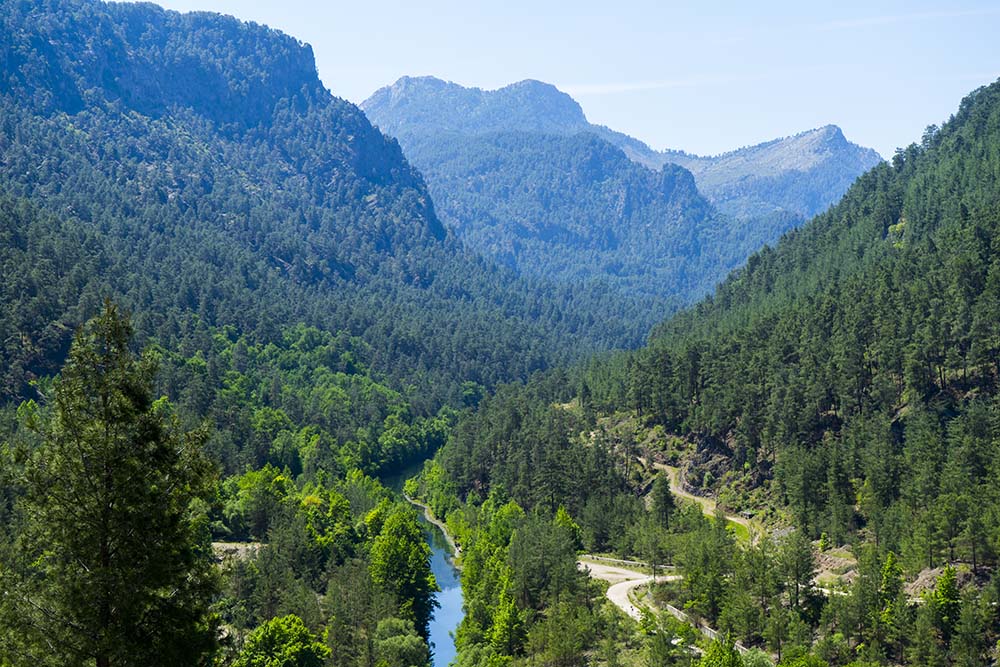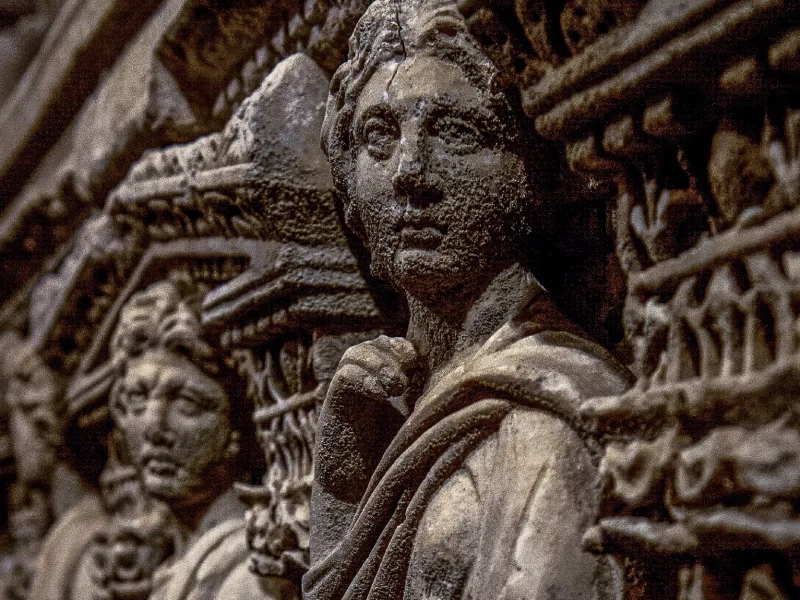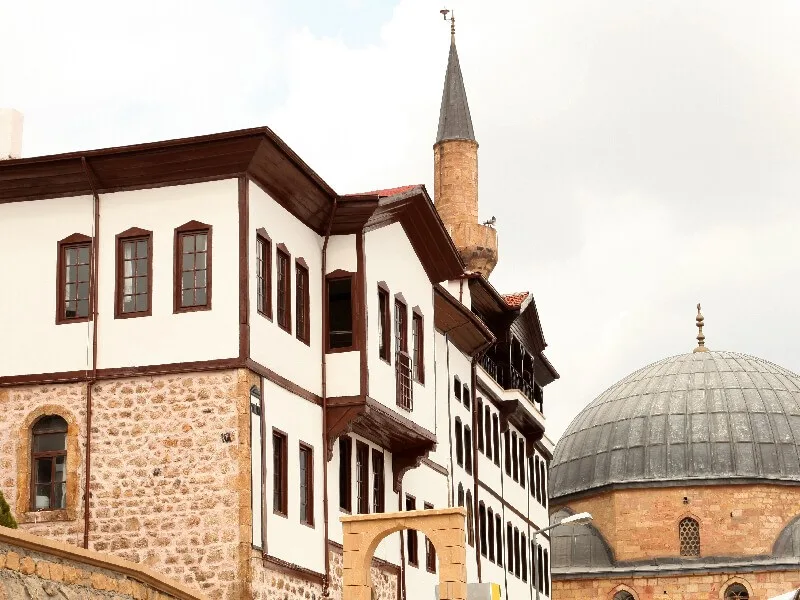The city of roses, Isparta… Having showed progress since the time of the Lydians and Persians, Isparta had been an important city in the Roman Period as well. Carrying Turkish cultures, our province is located in the Lakes Region. As one of the precious cities of the Mediterranean, Isparta is very close to Antalya. There the Toros Mountains stand between these two cities and Isparta has a typical transitional climate. Even though Isparta is in the Mediterranean Region, it is not under the full effect of that particular climate.
Places to Visit
Isparta lands are where the best roses are produced in our country—and even the world. The city also has many historical places, as does every other province in our country. Historical places in Isparta that should be on any visitors list include:

Eğirdir Lake and small village on a beautiful color sky.
- Kutlubey Mosque
- Hızırbey Mosque
- Hacı Abdi Mosque
- Firdevs Paşa Mosque
- Abdi Paşa Mosque
- Küçük Gökçeli Kırık Minare Mosque
- Feyzullah Paşa Mosque
- Aya Baniya Church
- Yeşilada Church
- Aya Georgios Church
- Eğirdir Inn
- Kudret Inn
- Eğirdir Castle
- Uluborlu Castle
- Sığırlık Castles
- Ördekçi Castle

Golcuk National Park in winter.
Pencil art, medallion symbols, and several handicrafts stand out on the mosques in Isparta. Inns and caravansaries have historical values, dating back to the Ottoman Empire. Carrying monumental value, these structures boast both civil and military aspects. Caravansaries and inns from ancient times are not extant in Isparta in our day, as they were in the old times. Today, those inns (or ruins) still exist:
- Kerimpaşa Inn
- Antalyalıoğlu Inn
- Hatipoğlu Inn
- Alaybeyoğlu Inn
- Pamuk Inn
- Vakıfhan (Vakıf Inn)
- Kereste Inn
- Nalbant Inn

Karacaören
Apart from these, several unique bridges are present in our province. These structures are as old as the history of humanity. Built for transportation, bridges and aqueducts were designed with artistic characteristics. Zindan Bridge, Gelendost Bridge, Sütçüler Bridge, and Barla Bridge are ideal examples.
Cuisine
Isparta Province is quite rich in agriculture and perfect for fruit growing. The city reflects this richness in both its culture and its cuisine. The dishes most preferred by locals are tripe, dishes made with bulghur, meat dishes, tarhana, fried red partridge meat, lentil dishes, miyane, vegetable soups, oğmaç soup, spinach soup, chicken, and toyga soup (made with yoghurt, hazelnut, rice, egg and mint). As for meat dishes, kebab en cocotte, tandoor kebab, and meat with yoghurt are the most popular. For vegetable dishes, borani dish (squash and legumes prepared with yoghurt) and spinach dishes are consumed most often, and for desserts, rice pudding, rose pudding, and custard are heavily consumed.
How to Get There
Isparta is close to Anatolia, which is why transportation to the Aegean, Anatolia, and Marmara Regions is easy. Even though it is close to coastal cities, Toros Mountains make transportation difficult; however, travel times have been reduced thanks to recently built and larger roads. If you want to visit Isparta, you can take highway or air options.



